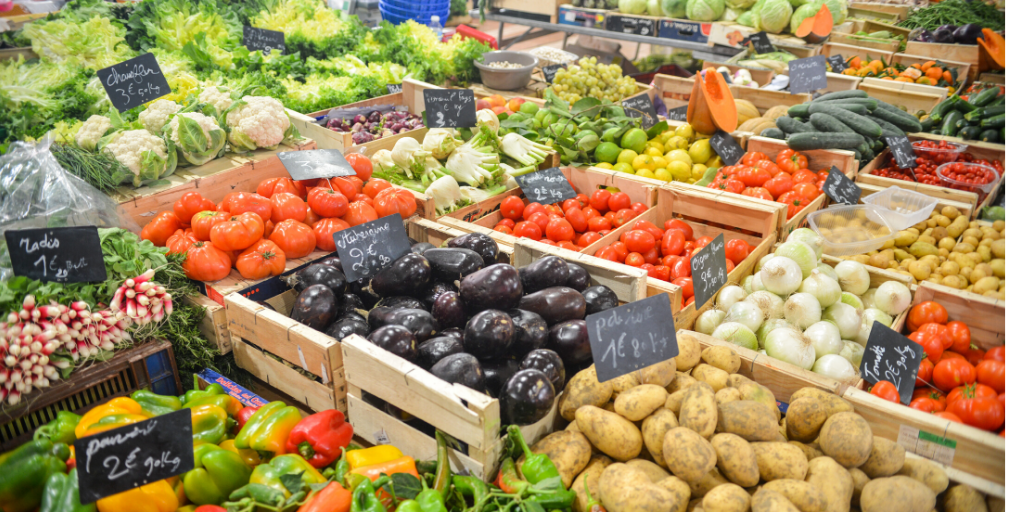
As is the case for any sector, digital tools are available to optimize your workflow and help you stay connected with your fellow industry professionals. Farm management apps offer the potential for optimizations that can boost your business’ stability over time. Producers need to take advantage of every tool at their disposal, particularly with the notion of ‘precision agriculture’ taking hold across the industry as growing challenges shift every season. Weather tracking, soil and pest management, labour and social platforms geared to farmers – we’ve gathered some of the latest tech initiatives and apps for farmers to check out so you don’t have to.

As supply shortages in grocery stores have become the norm over the past few weeks, questions about food security and sovereignty are changing how we think about our food. In highly urbanized areas, the disconnect between consumers and their food supply is vast, and the increasing geographical divide between cities and the farms that feed them mean that our food has to travel from further and further away to reach our store shelves. Pitfalls of traditional farming practices are becoming more evident as the COVID-19 crisis puts pressure on our supply chain. In some areas, urban farms and indoor growing facilities may be the solution.

As the COVID-19 crisis continues, questions about food security are at the forefront of consumer consciousness, and while supplies may be abundant, experts suggest that increased logistical challenges are on the way.

Croptracker is always growing: let's take a look at some of our new features this month.
Let our expert staff walk you through the Croptracker system, and answer any questions you have.
We are here to help.